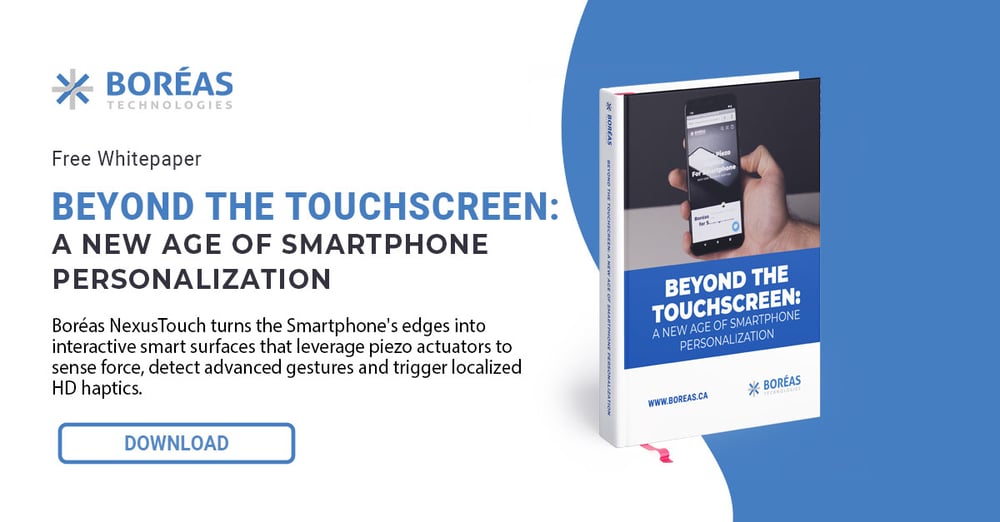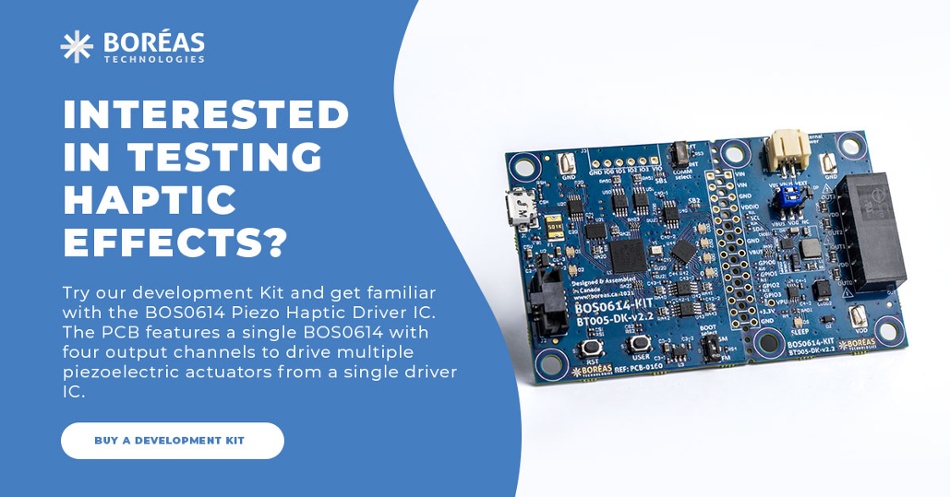
As technology becomes more sophisticated, users expect seamless interactions with their devices. One often overlooked but crucial aspect is haptic feedback—the use of a sense of touch to communicate with users. When implemented effectively, haptics can improve user engagement and satisfaction. However, when poorly executed, it can lead to frustration and disengagement.
The Role of Haptics in User Experience

Haptic feedback comes in various forms, including vibration, force feedback, and thermal feedback. These technologies are used across a wide range of applications, from smartphones and gaming controllers to medical simulators and virtual reality systems. The goal is to create a more immersive and intuitive user experience.
Vibration is the most common form of haptic feedback, found in nearly every smartphone and many other consumer electronics. Force feedback, often used in gaming controllers and automotive applications, provides resistance or motion to simulate real-world physical interactions. Thermal feedback, while less common, can create sensations of heat or cold to improve realism in certain applications.
Every individual experiences touch differently. Skin sensitivity, nerve density, and past experiences can all influence how someone perceives haptic feedback. For instance, a gentle vibration for one person might be intense for someone else. Touch perception presents designers and engineers with challenges and opportunities to create inclusive user experiences with haptics.
The applications of haptics are vast and growing—from enhancing the tactile experience of typing on a virtual keyboard to providing crucial feedback in complex medical procedures.
4 Characteristics of Effective Haptic Technology

To truly improve the user experience, haptic technology must have a few key characteristics:
1. Precision and Accuracy
Interactions should feel natural and intuitive. In a medical simulation, for instance, precise haptic feedback can accurately simulate the feel of different tissues. This improves the training experience for medical professionals.
2. Consistency and Reliability
Effective haptics give users confidence and satisfaction with their inputs. Each haptic response should reliably confirm that the device has received the user's input. In gaming, players often rely on consistent haptic cues to navigate and make split-second decisions.
3. Appropriate Intensity and Timing
The feedback should be strong enough to be felt but not so intense as to cause discomfort or irritation. In virtual reality applications, if the feedback for touching a virtual object is too weak or delayed, it can break immersion and potentially disorient the user.
4. Contextual Relevance
Haptic feedback should convey importance or specific types of information. For example, in a mobile device, different types of notifications (e.g., messages, calls, alarms) should have distinct haptic patterns to communicate their importance and nature effectively.
How Bad Haptic Feedback Degrades the User Experience
When haptic feedback falls short of these characteristics, it can significantly degrade the user experience. Some common issues include:
- Inconsistent or unreliable feedback: Delayed responses or random, unexpected vibrations can confuse and frustrate users. This inconsistency can lead to a lack of trust in the device's responsiveness.
- Overly intense or weak feedback: Excessive vibrations can cause physical discomfort, and weak feedback may fail to convey the intended information effectively.
- Poorly timed feedback: Mismatched feedback with on-screen actions or interruptions during critical tasks can disrupt the user's flow and concentration.
- Lack of customization: A one-size-fits-all approach to haptic feedback ignores individual user preferences and needs, potentially leading to dissatisfaction.
Impact of Bad Haptics on User Experience

The consequences of poor haptic feedback can be far-reaching:
User frustration and discomfort: Bad haptics can cause physical discomfort and mental fatigue. In VR and AR applications, for example, poorly implemented haptics could severely impact the immersive experience, leading to user frustration and potentially motion sickness.
Decreased engagement and satisfaction: Users may develop a negative view of the product, reducing the likelihood of continued use. Issues with haptic feedback in mobile devices could lead to dissatisfied customers and potentially impact sales.
Impaired performance and effectiveness: Users may find it difficult to complete tasks or experience lowered accuracy in simulations or games. This is particularly crucial in professional applications where precision is paramount.
Potential for negative reviews and brand damage: Poor user experiences often lead to negative reviews and feedback. In the age of social media and online reviews, this can quickly escalate to significant brand damage. For instance, poor haptic feedback in a popular game could negatively impact user reactions and game reviews.
4 Strategies to Improve Haptic Feedback

To address these issues and enhance the user experience, developers and manufacturers should consider the following strategies:
Focus on User-Centered Design
Prioritize gathering user feedback and conducting iterative testing and refinement. This approach ensures that the haptic feedback meets user expectations and needs. In some cases, it may be beneficial to consider if visual or auditory feedback might serve the situation better than haptics.
Provide Customization Options
Allow users to adjust the intensity and patterns of haptic feedback. Personalization based on user preferences could include the ability to turn features on/off and adjust their strength.
Consider the Most Natural User Experience
Push the thinking beyond how people typically interact with technology to identify more natural ways to take action. Since the smartphone screen is so large, many users can’t reach all parts of the screen. Designers might consider a scrolling wheel or touch-sensitive edge for easier navigation.
Also, the strength of the vibration and depth of the click determine whether an interaction is satisfying or jarring for users. For instance, a short vibration might be preferable for typing feedback, whereas a softer, more prolonged vibration might function better to provide a gentle notification nudge.
Collaborate with Experts
Work with haptic technology specialists and incorporate best practices and research findings. The mechanical integration of a piezo actuator can make or break a project, so working with mechanical, electrical, and software haptic engineers is key to setting up your project for success. Companies specializing in haptic solutions, such as Boreas Technologies, can provide valuable insights and cutting-edge solutions to enhance haptic feedback.
Update Continuously
Commit to long-term improvements through regular software updates to address issues and improve functionality. This ongoing commitment demonstrates a dedication to user satisfaction and can help maintain a positive brand image.
When implemented effectively, haptic feedback can significantly improve user engagement, satisfaction, and overall product success. The negative impacts of bad haptics are far-reaching, affecting not only user satisfaction but also task performance, brand reputation, and potentially even sales.
For developers and manufacturers, investing in high-quality haptic design should be a priority. This attention to detail can set products apart in a crowded market, foster user loyalty, and contribute to long-term success. It's time for developers and manufacturers to recognize this importance and take action to ensure their haptic feedback enhances, rather than detracts from, the user experience.



Leave a comment